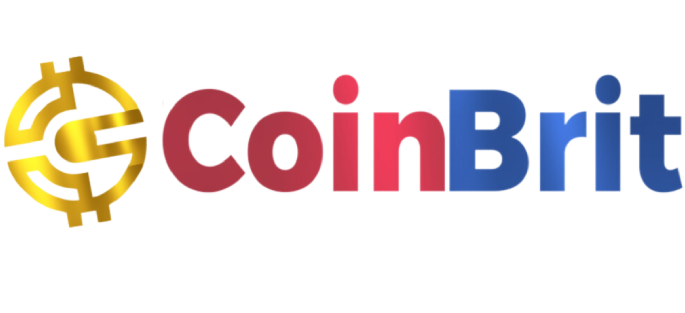Decentralised lending protocol Aave has smashed records, with net deposits soaring 55% in July to surpass $60 billion in early August, according to data from Token Terminal. Net deposits represent the total value of assets supplied to a protocol, minus the value of loans currently outstanding, and this latest milestone marks Aave’s strongest position yet in decentralised finance.

Aave TVL by chain. Source: DefiLlama
The surge was underpinned by Ethereum’s powerful July rally and mounting adoption of Coinbase’s Base network. As per DefiLlama, total value locked (TVL) across Aave’s ecosystem climbed over 40% during the month. Liquid staking tokens (LSTs) such as cbETH, wstETH, and wETH were major catalysts, especially on Base, where Aave’s TVL growth outpaced nearly every other chain.
On Ethereum, where Aave holds the bulk of its assets, TVL leapt 47% in July. On Base, it rose by more than 40%, breaching the $1 billion mark. By comparison, other supported chains like Avalanche and Polygon saw TVL growth of just around 10%.
Closing the Gap with US Banking Giants
The momentum has placed Aave within striking distance of some of the top 40 US banks in terms of asset size, according to DeFi marketing director 0xKolten of Avara, Aave’s development company. Such figures underscore the protocol’s growing systemic weight in the digital asset lending space.

ETH’s own market performance played no small role. Prices surged nearly 50% in July, climbing from around $2,400 to $3,700. This rally was fuelled in part by record inflows into spot Ethereum exchange-traded funds and a growing trend of public companies adding ETH to their corporate treasuries.
Mixed Fortunes for Lending Competitors
While Aave enjoyed one of its best months, the picture was more uneven for rival Ethereum-based lending protocols. SparkLend, for example, saw TVL grow 38% to $7.28 billion by late July before sliding back to $6.72 billion, trimming its net gain to 27% for the month.
Compound Finance posted a more modest increase of 11%, ending July at roughly $4 billion in TVL. Morpho, meanwhile, tracked closer to Aave’s pace, logging a 39% jump from $6.57 billion to $9.14 billion. This suggests a broader trend of liquidity rotation within the Ethereum lending landscape, with users actively shifting capital between platforms.
Revenue Boost and Token Uptick
July was also lucrative for Aave in terms of protocol income. According to DefiLlama, the platform generated over $3.7 million in revenue, its second-highest monthly tally since January. This financial performance has buoyed investor sentiment towards the AAVE token, which climbed 5% in the past 24 hours to reach $286.

ETH 1-month price chart. Source: CoinGecko
Such price movements may reflect both the fundamental growth in deposits and the market’s recognition of Aave’s expanding dominance in DeFi lending.
Security Concerns Amid Growth
However, rapid expansion has also made Aave a more attractive target for malicious actors. In one recent incident, an Aave Ethereum USDT holder lost over $3 million to a phishing attack. The incident serves as a reminder that while DeFi protocols like Aave operate without intermediaries, the onus remains on users to maintain stringent security practices.
Phishing threats in DeFi often involve fake interfaces or malicious links that trick users into signing harmful transactions. With more assets flowing into Aave, such attacks may increase in both frequency and sophistication.
Aave’s blistering growth in July cements its role as a leading force in decentralised finance, leveraging Ethereum’s market momentum and the rapid scaling of newer ecosystems like Base. While rival lending protocols posted gains, few matched Aave’s combination of deposit growth, revenue performance, and cross-chain expansion.
Yet the road ahead isn’t without challenges. Continued phishing threats highlight the security risks inherent to open, permissionless finance. Furthermore, the extent to which Aave’s July performance can be sustained will depend on market conditions, user trust, and the broader DeFi liquidity environment.


